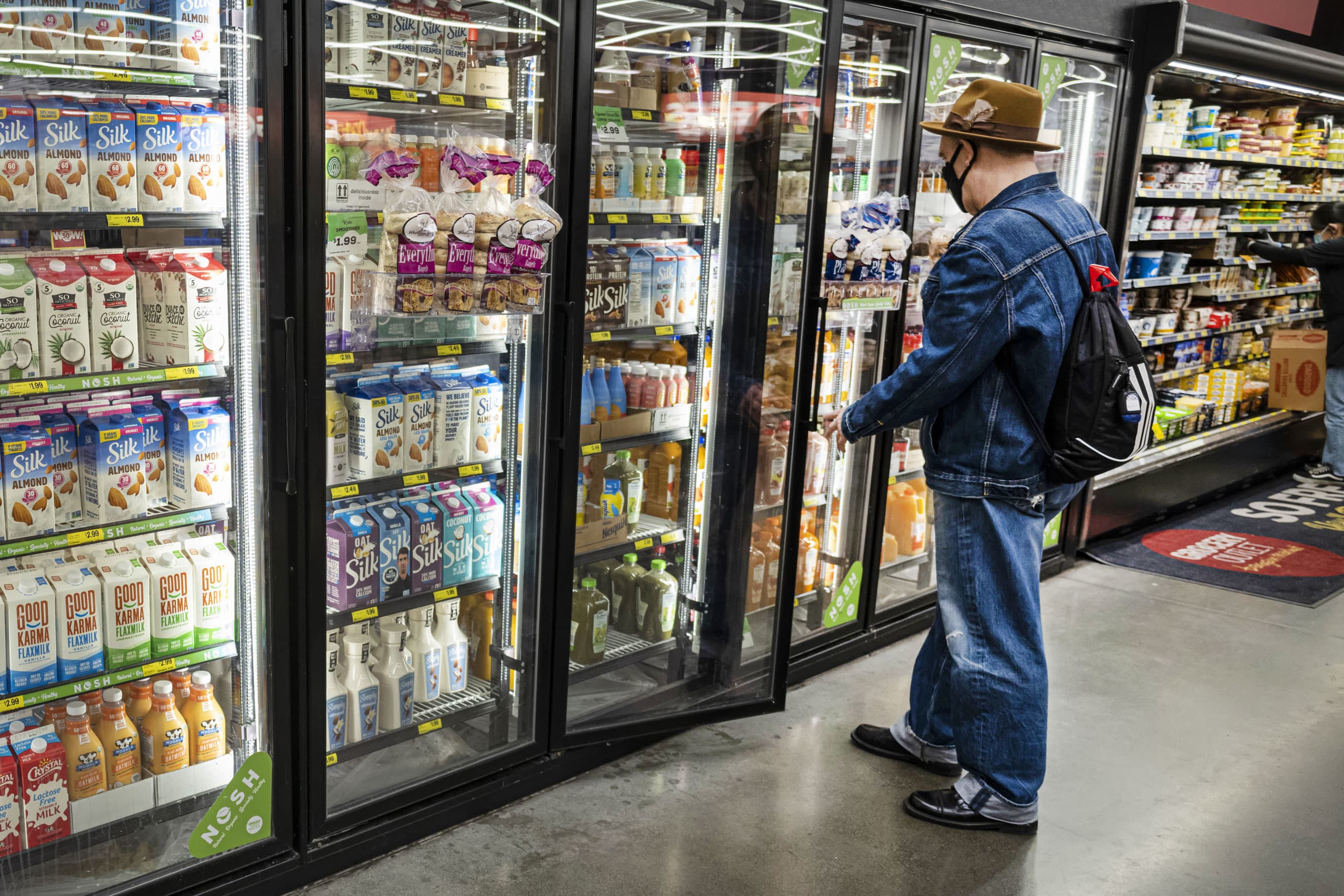Inflation plowed ahead at its fastest 12-month pace in nearly 40 years during December, according to a closely watched gauge the Labor Department released Wednesday.
The consumer price index, a gauge that measures costs across dozens of items, increased 7%, according to the department’s Bureau of Labor Statistics. On a monthly basis, CPI increased 0.5%.
Economists surveyed by Dow Jones had been expecting the measure to increase 7% on an annual basis and 0.4% from November.
The annual move was the fastest increase since June 1982.
Despite the strong gain, stock market futures rose following the news while government bond yields were mostly negative.
Excluding food and energy prices, so-called core CPI increased 5.5% year over year and 0.6% from the previous month. That compared to estimates of 5.4% and 0.5%. For core inflation, it was the largest annual growth since February 1991.
Shelter costs, which make up about one-third of the total rose 0.4% for the month and 4.1% for the year. That was the fastest pace since February 2007.
Used vehicle prices, which have been a major component of the inflation increase during the pandemic due to supply chain constraints that have limited new vehicle production, rose another 3.5% in December, bringing the increase from a year ago to 37.3%.
Conversely, energy prices mostly declined for the month, falling 0.4% as fuel oil was down 2.4% and gasoline fell 0.5%. Still, the complex as a whole rose 29.3% in the 12-month period, including a gain of 49.6% for gasoline.
Federal Reserve officials are watching the inflation data closely and are widely expected to raise interest rates this year in an effort combat rising prices and as the jobs picture approaches full employment. Though the central bank uses the personal consumption expenditures price index as its primary inflation measure, policymakers take in a wide range of information in making decisions.
Inflation has been eating into otherwise strong wage gains for workers. However, real average hourly earnings posted a small 0.1% increase for the month, as the 0.6% total gain outweighed the 0.5% CPI headline increase. On a year-over-year basis, real earnings declined 2.4%, according to BLS calculations.
Fed officials largely attribute rising inflation pressures to pandemic-specific issues in which a shortage of workers has led to clogged supply chains and empty store shelves. Though there are signs that the omicron variant cases could peak soon, lingering Covid issues combined with cold weather in the Northeast point “to renewed upward pressure on food prices,” wrote Paul Ashworth, chief U.S. economist at Capital Economics.
This is breaking news. Please check back here for updates.
